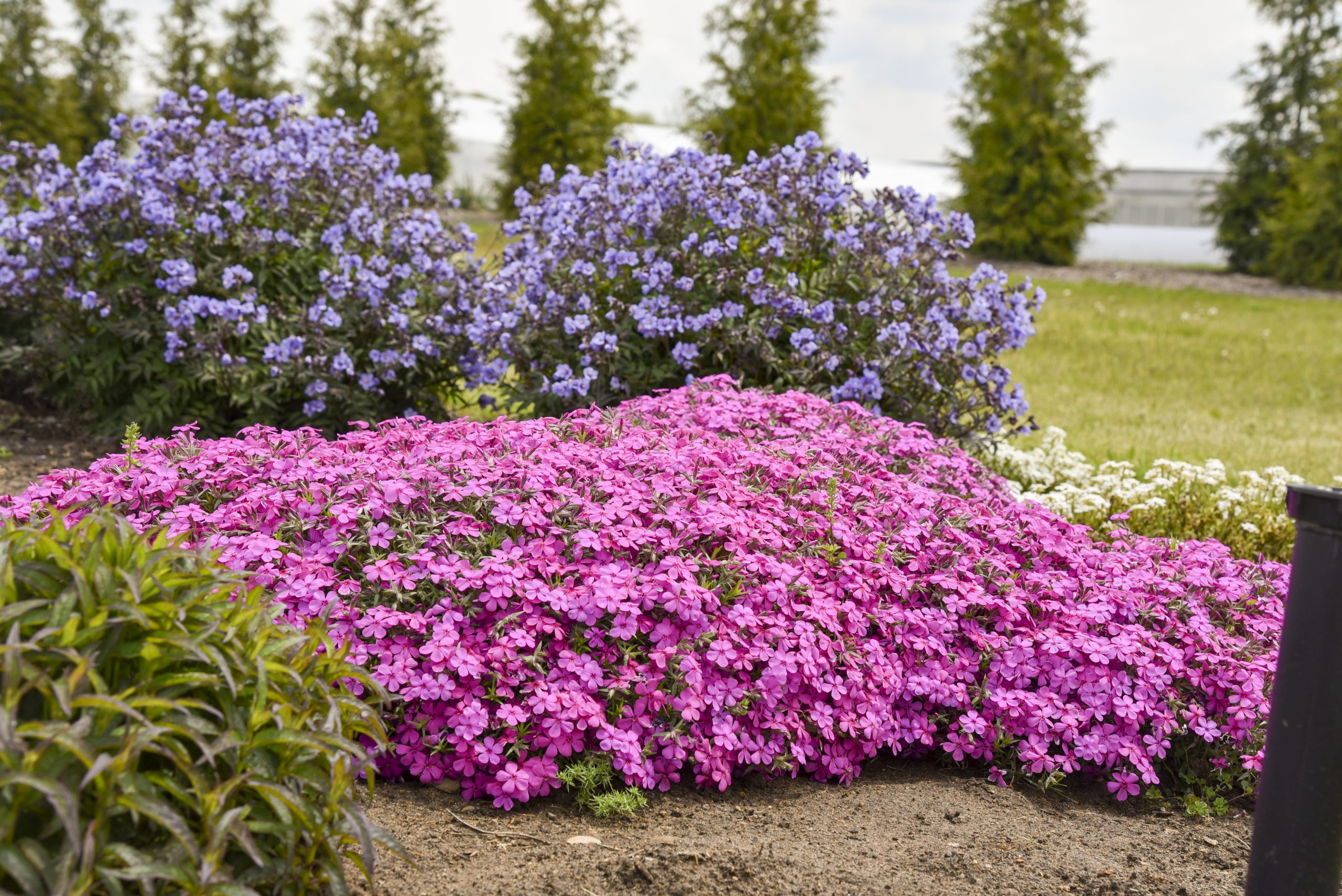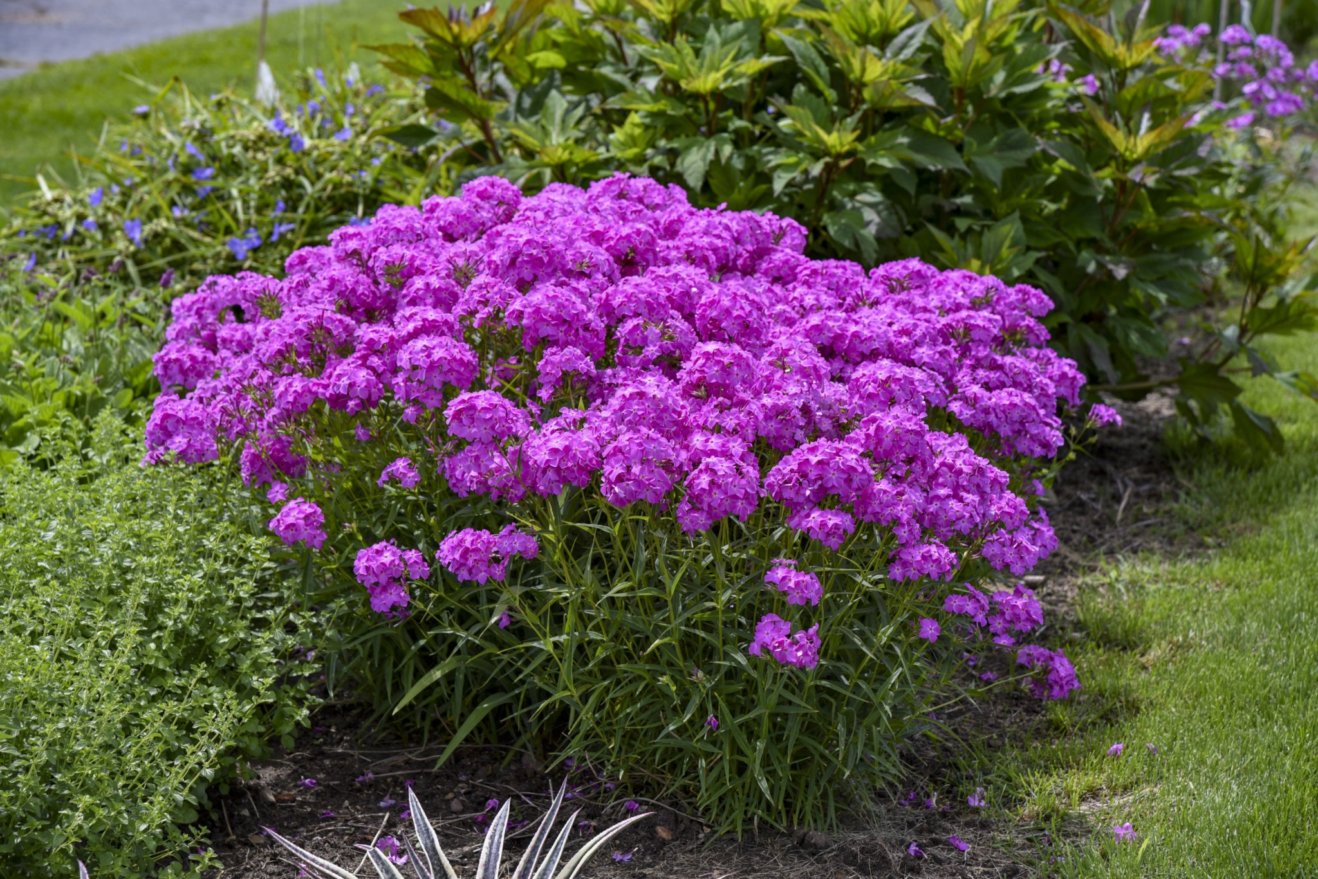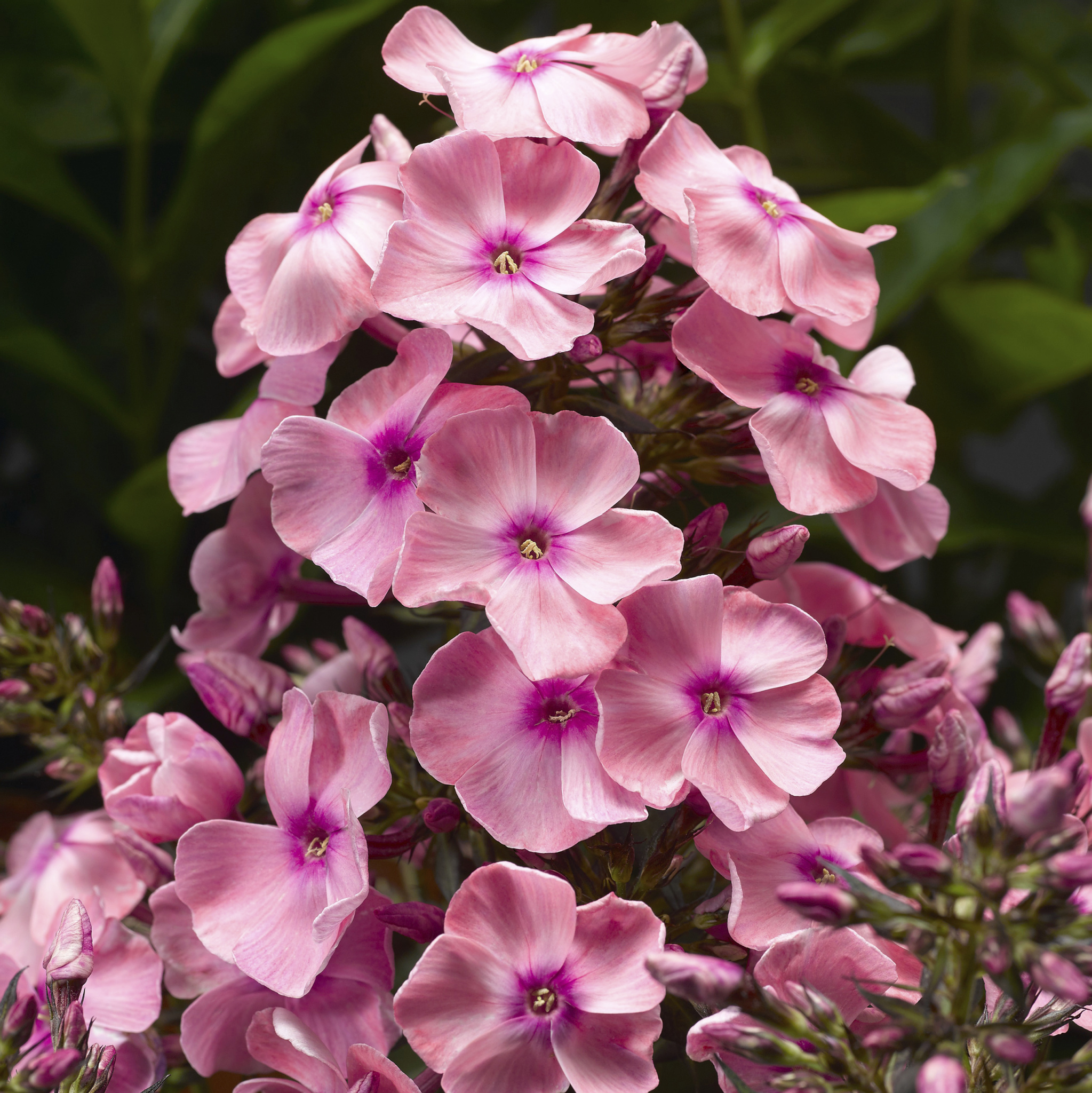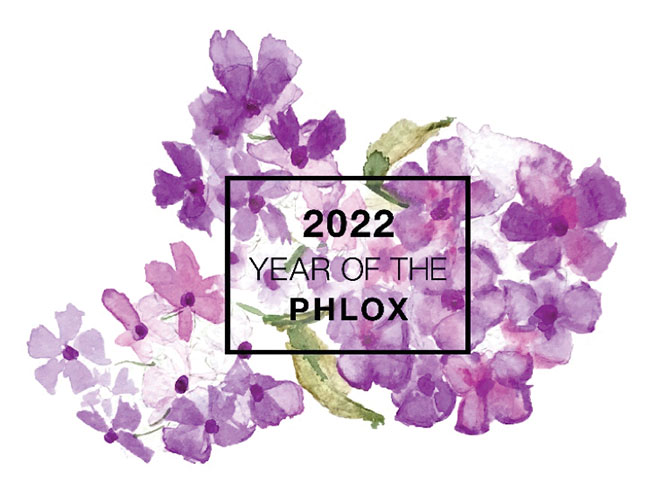
Phlox is a wide-ranging North American native perennial and a common fixture in woodland, prairie, and meadow landscapes. The wildflower can be easily found in areas stretching from Florida in the southern U.S., through Quebec and into Alaska.
One of the classic perennials, this was one of the earliest North American natives to enter cultivation. With vibrant flower colours and blooms lasting many weeks, it is easy to understand what caught the eye of so many gardeners – and pollinators – through the years.
Although there are phlox species that grow as annuals, this year’s All-America Selections’ program chose perennial phlox as its ‘Year of’ crop in the perennials category.
Basic Types
Phlox is a genus with a multitude of species, heights, bloom times, and garden applications. Many of these species are unrecognizable to the average gardener but are becoming more common in new interspecific hybrids. Through all of the diversity, perennial phlox can be loosely grouped into two types: spring bloomers and summer bloomers.

Spring Bling Ruby Riot from Spring Meadow is a good example of creeping phlox.
Spring Bloomers (creeping/groundcover types): Phlox subulata (Creeping Phlox, Moss Pinks) and other early-spring blooming species are low growing, ground-hugging plants. Typically native to rocky, well-drained environments, when put in a garden without restriction they become carpets of colour. Most of these types tend to spread and work well as groundcovers.
Summer Bloomers (tall garden phlox and related types): When referring to phlox, most first think of tall garden phlox (Phlox paniculata). This clump-forming perennial blooms in midsummer and is among the tallest of the phlox species. Also characteristic of tall garden phlox are the perfectly formed large, rounded flower panicles that top each stem.
In addition to tall garden phlox, summer blooming species (including Phlox glaberrima and Phlox pilosa to name a few) are becoming more common, particularly in interspecific hybrids. Hybrid garden phlox tend to bloom a bit earlier, have a more mounded shape, and a stoloniferous habit. Also characteristic of summer bloomers is a propensity to rebloom after the first flush of flowers, particularly when trimmed back.

Opening Act Ultra Pink from Proven Winners is part of a mid-height series of upright phlox.
Varieties of note
- Luminary Phlox paniculata: This mid-sized series averages around 2½-3’ in height and shows excellent vigour and mildew resistance.
- Opening Act Phlox hybrid: A mid-height series of upright phlox, averaging 2-2½’ tall. Excellent rebloom and mildew resistance.
- Fashionably Early Phlox paniculata: 2-3’ tall series bred for early and long-season flowering with rebloom in the fall.
- Jeana Phlox paniculata: A classic native selection with long panicles of compressed flowers; very popular with pollinators!
- Sweet Summer Phlox paniculata: A compact series of tall garden phlox at 1½-2’ tall with good mildew resistance.
- Super Ka-pow Phlox paniculata: A well-branched series of tall garden phlox at 18-20” tall with good mildew resistance.
- Woodlander Phlox hybrid: A series of interspecific low-spreading phlox with large flowers.
- Spring Bling Phlox subulata: This series of creeping phlox has excellent garden resilience and a long season of bloom.
- Drummond’s Pink Phlox subulata: An exceptionally vigorous creeping phlox with large pink flowers.

Sweet Summer Compact Pink Eye from Syngenta
Resources
Take advantage of the publicity from this ‘Year of’ program. Look for numerous photos of phlox varieties that are posted on the National Garden Bureau website for use by industry growers, brokers and retailers.
Diane Blazek is executive director of All-America Selections and National Garden Bureau. NGB is a North American non-profit organization and marketing arm of the gardening industry. It exists to educate, inspire, and motivate the use of plants in homes, gardens, and workplaces. Find out more at ngb.org.
Print this page
